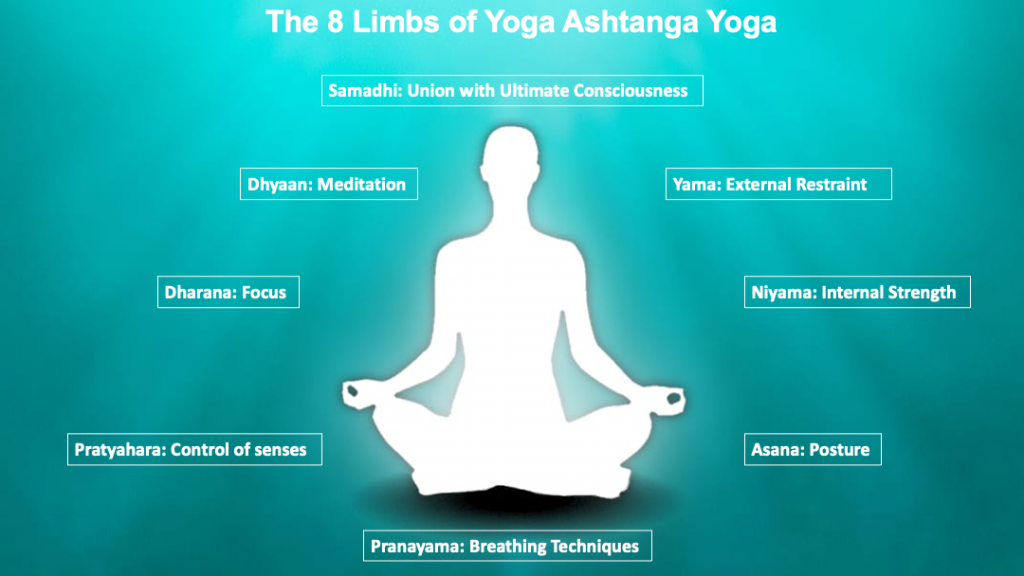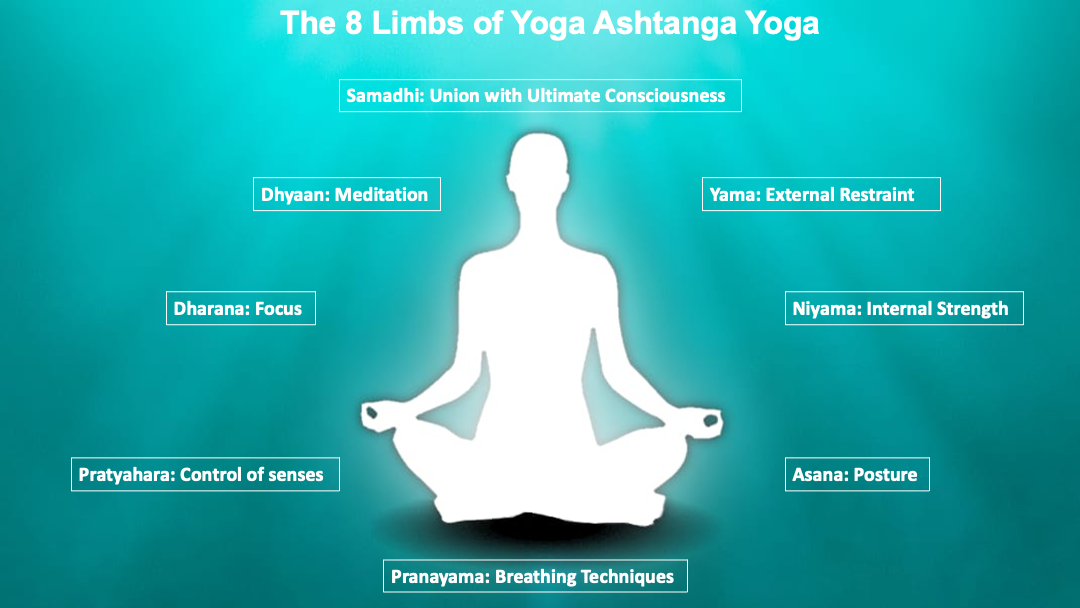Translated from ‘Hamari Yog Sadhana’ (Our Yogic Practice) written by Guru Maharaj, Dr. Chaturbhuj Sahay Ji.

Gathering the fragmented thought processes of the mind and concentrating them on a single line of thought is called Dharana. The single thought or point that one focuses the mind on can be something physical, that is visible to us, or an imaginary object. If we choose the latter, the object of our concentration would be entirely of our imagination, to begin with, and as we continue to advance in our practice, the actual form of the imagined thing would slowly start revealing itself. A day would come when its actual form is the only one that will remain, and the one that we imagined at the beginning of the process would no longer be apparent. This process can take time, but the ones who stick to their task with determination will, without a doubt, get rewarded with this experience.
While one can focus one’s mind on something physical or imaginary, there are differences associated with each choice. People who try to focus on physical or actual things have several choices. For example, they can choose the sun, the moon, the flame of a lamp, or a shape drawn on a wall. It is perfectly possible to focus one’s mind on these objects. It does lead to unlocking some of the previously dormant faculties of the mind. It can even enable someone to do extraordinary things such as curing someone, relieving someone’s discomfort, casting a spell on others, acquiring the ability to figure out the thought process of the person next to you, etc. However, unfortunately, this type of practice does not result in any spiritual benefit and does not lead to a blissful state. Unable to evolve spiritually, such practitioners cannot rid themselves of their anger, greed, arrogance, and attachments, and therefore do not experience much peace or internal happiness. The term asuri or demoniac yoga is used to describe such a practice.
In contrast, Daivi, or transcendental or divine, Yoga practitioners try to focus their minds on something that pertains to their bodies and not on external objects. In such a practice one can focus one’s attention on the external organs as in Hatha Yoga or internally as in Raja Yoga. The practice of Hatha Yoga, with the attention focused on the external organs, results in extraordinary experiences related to the organ in focus, such as experiencing various tastes when focusing on the tongue, hearing subtle words when concentrating on the ear, and smelling different fragrances when focusing on the nose. While such a practice does engage the practitioner, no spiritual benefits accrue. Additionally, such practitioners can develop pride related to their extraordinary experiences which is detrimental.

The path of Upasana where one concentrates on the antaha karan, internal organ, or hridaya leads the practitioner towards the ultimate aim of uniting with the higher power faster, but the practitioners do not experience the overt acquisition of any extraordinary powers or capabilities within themselves.
On the other hand, the ones who focus on the ajna chakra do experience the rise of extraordinary powers and abilities in themselves as they advance, but their overall progress towards the ultimate goal, the union or Yoga, is slower. They also run a significant risk of developing pride in the extraordinary powers that they acquire. When pride rears its head, a downfall is inevitable, preventing them from realizing their desired goal of ultimate union.
People who believe in a higher power or God can be divided into two types, ones who associate this power with a physical form (saakar vadi), and the ones who believe in the power nonetheless, but do not associate it with any physical form (niraakaarvadi). For Dharana, the practitioners who associate the higher power with a physical form (saakarvadi) can focus their attention on the form they associate with the higher power.
Those who do not associate God with any form can focus on any imaginary word they relate with him or can think of him as divine light and focus on that. Any of these methods will work because all we are trying to do is to provide our mind with an imaginary object to focus on, and therefore, we can choose anything that works for us. Maharishi Patanjali also allows us to choose whatever works for us when he says “yatha abhimat dhyanada.” When the practice of Dharana matures and one’s mind becomes completely focused, the imaginary form that one started with disappears, and the real one replaces it.
The teachings of the saints and sages consider concentrating one’s mind on one’s Guru, thinking of him or her as a source of energy in the form of light, the best option for Dharana. They refer to it as Bhringi sadhan. It represents a fusion of the concept of the physical (saakar) and formless (nirakaar) God.
There is proof for this concept in the Yoga darshan of Maharishi Patanjali. He has said ”veetraagvishayam va chittam,” meaning that concentrating one’s thoughts on spiritually advanced individuals, ones who have elevated themselves above attachments and aversions is also effective for Dharana.




